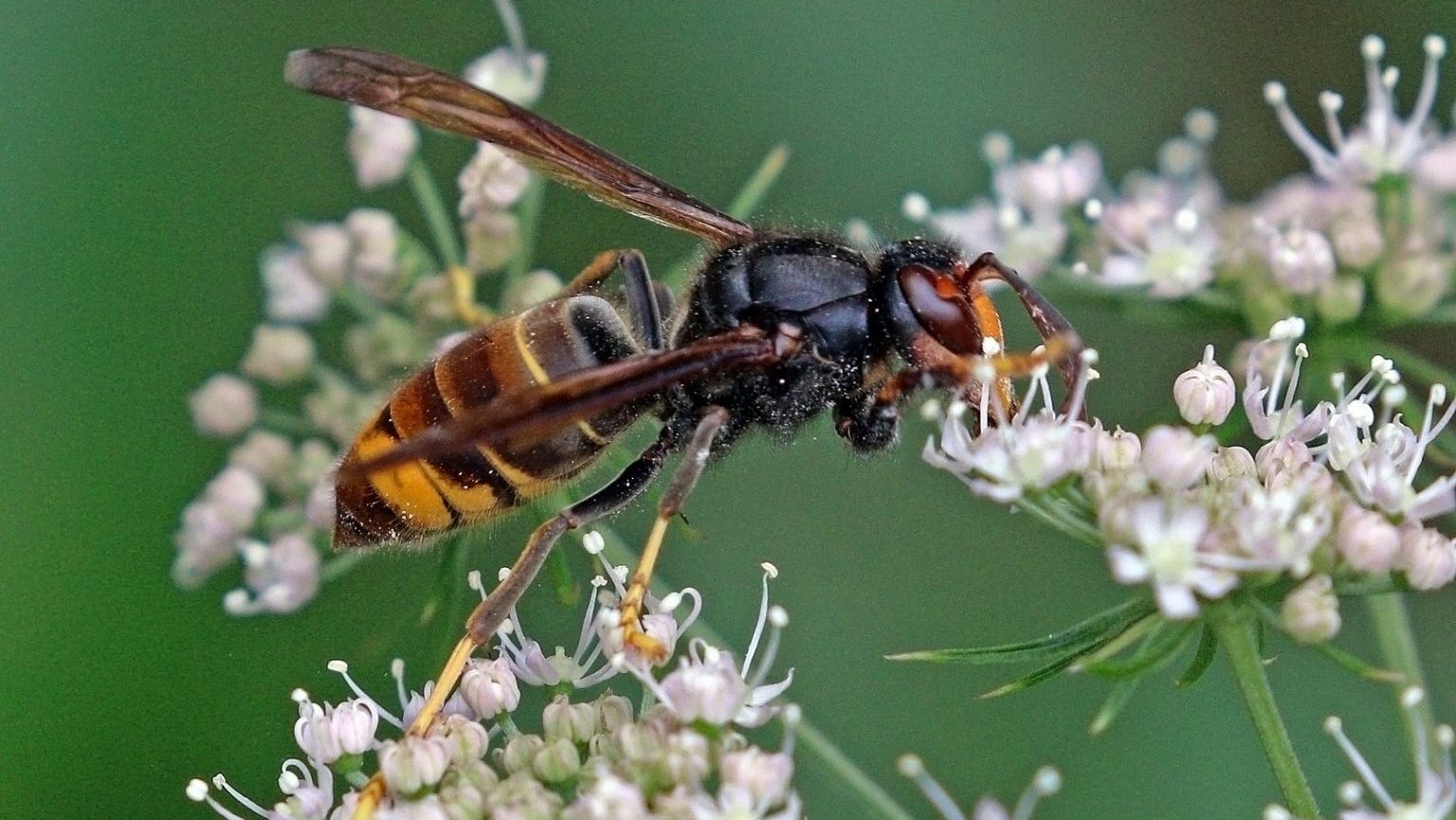#29: Let Elephants and Lions Roam the Great Plains

We are currently in the midst of earth’s “sixth great extinction.” For the past 10,000 years, existing species have been dying out faster than new species have been evolving, say scientists. Big Think expert and famed Harvard biologist E.O. Wilson has estimated the annual species extinction rate to be around 30,000, and the International Union for Conservation of Nature calculated that the rate of extinction is 100-1,000 times greater than it was before man evolved. And with the threat of further climate change and man’s exponential population growth, things are only getting worse.
Conservationist and Cornell visiting fellow Josh Donlan tells Big Think that to mitigate this extinction, we should not just be trying to slow the rate of biodiversity loss—we should actively be working to reverse it. We must be “pro-active,” he says, insisting on “countering the default scenario of more homogeneous landscapes.” And the answer, he says, is to reintroduce big game animals like elephants and lions into middle America. “Big animals tend to be very important for generating biodiversity in the long haul,” says Donlan.
Most conservationists set their benchmark for conservation of North America at 1492, the year Columbus landed in the New World, but Donlan argues we should push the clock back even farther, when these large animals roamed the great plains. Historical narratives paint the Europeans’ arrival as having devastated a pristine Americans, but man had been responsible for environment change for millenia. Humans arrived in North America around 13,000 years ago, and their arrival heralded the extinction of dozens of species of fauna, especially large animals. Donlan says North America lost around 65 species over 100 lbs. around this time.
Repopulating North America’s extinct big animals might be possible (even without cloning wooly mammoths from DNA in their fossils, as some have proposed) because many of the species that died out in North America have very similar relatives elsewhere in the world, says Donlan: the African lion is almost genetically identical to one that lived in North America; the Asian or African elephant could serve as a proxy for the mammoths that once roamed the Great Plains; and we even once had cheetahs roaming our continent. Re-wilding North America would not only help restore biodiversity here, it would repopulate big species like the African elephant, which are in danger of extinction.
Donlan imagines creating a giant ecological park in economically depressed parts of the MidWest. “As in Africa and regions surrounding some North American national parks, nearby towns would benefit economically from land management and tourism-related jobs,” he says.
Takeaway
The most recent (and most famous) mass extinction occurred 65 million years ago at the end of the Cretaceous period, wiping out the dinosaurs as well as 17% of all families of living thing
s. But this is not even close to the most devastating of the earth’s mass extinctions: about 250 million years ago life was almost snuffed off the planet, eliminating 83% of earth’s genera (one step above species).
The current mass extinction is different than those before it because humans are the ones to blame, not nature. The IUCN has formally recognized 869 species that have gone extinct since 1500, but since scientist have only cataloged 2 million out of an estimated 5-30 million species, this is considered to be only 3% of the actual number of extinctions.
We could potentially work to reverse the damage by re-introducing these large animals to the Great Plains and the American southwest, where the once roamed. Not only could it save some endangered African and Asian species and restore biodiversity to North America, it might prove an economic stimulus to poor areas in the Midwest.
Why We Should Reject This
Remember the film “Jurassic Park?” A group of conservation biologists from Cornell and Princeton say Donlan’s Pleistocene re-wilding plan is “only a slightly less sensational proposal.” Led by Dr. Dustin Rubenstein, the researchers published their own study in the journal Biological Conservation assessing Donlan’s proposal: “It is a little like proposing that two wrongs somehow will make a right: both the modern-day proxy species are ‘wrong’ (i.e., different genetically from the species that occurred in North America during the Pleistocene), and the ecosystems into which they are to be reintroduced are ‘wrong’ (i.e., different in composition from the Pleistocene ecosystems, as well as from those in which the modern-day proxy species evolved). Pleistocene re-wilding of North America will not restore evolutionary potential of North America’s extinct megafauna because the species in question are evolutionarily distinct, nor will it restore ecological potential of North America’s modern ecosystems because they have continued to evolve over the past 13,000 years.” And this plan is not only a waste of resources, there is also a potential for damage to the extant North American ecosphere: “Adding these exotic species to current ecological communities could potentially devastate populations of indigenous, native animals and plants,” the scientists say.
The amount of resources it would take to carry out Donlan’s plan would be massive and best spent elsewhere, they conclude. “If financial and physical resources were available on this scale, they would be better spent on developing and field-testing new ways to manage and conserve indigenous populations of African, Asian, and North American wildlife in their historically-populated native habitats, on conducting ecological, behavioral, and demographic studies of these organisms in the environments in which they evolved, and on educating the public on each continent about the wonders of their own dwindling flora and fauna.”
More Resources
— Fascinating Discovery Channel infographic about previous mass extinctions
— Article about the Sixth Extinction by Niles Eldredge, the Curator-in-Chief of the permanent exhibition “Hall of Biodiversity” at the American Museum of Natural History
—”Pleistocene Rewilding” (2005) by Josh Donlan, published in The American Naturalist [PDF]





